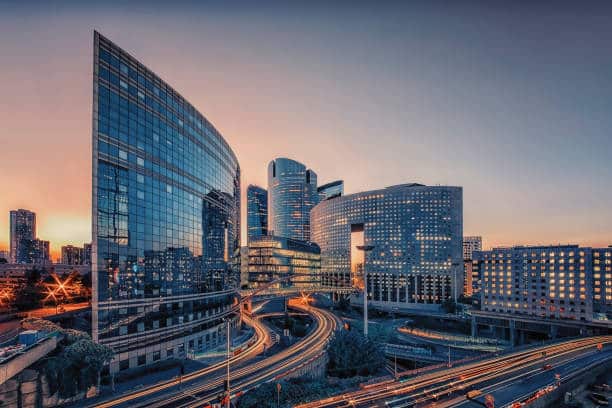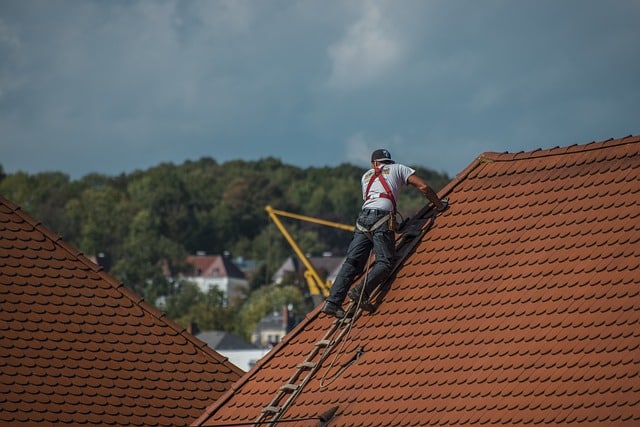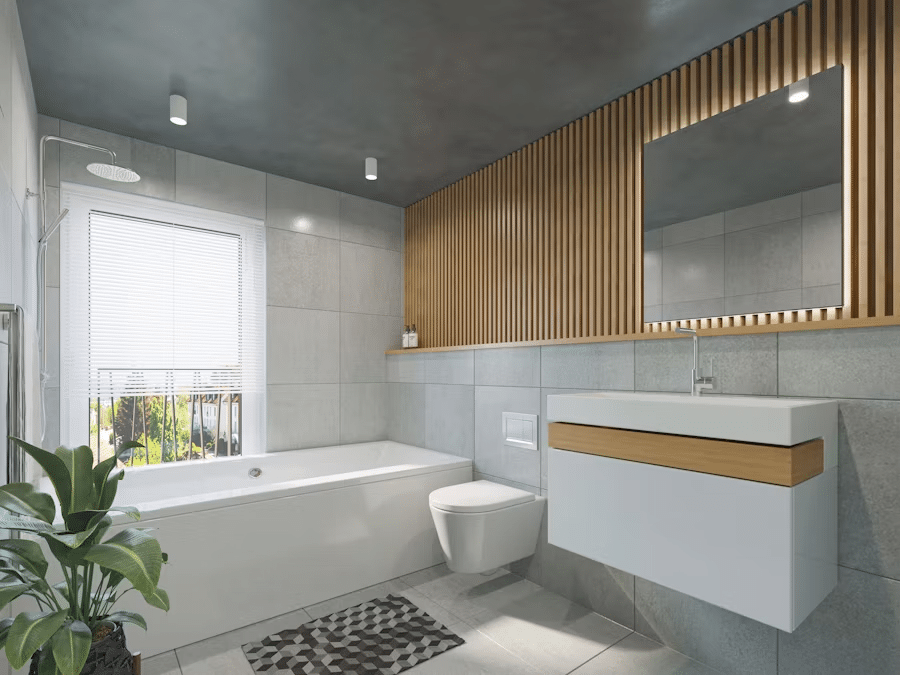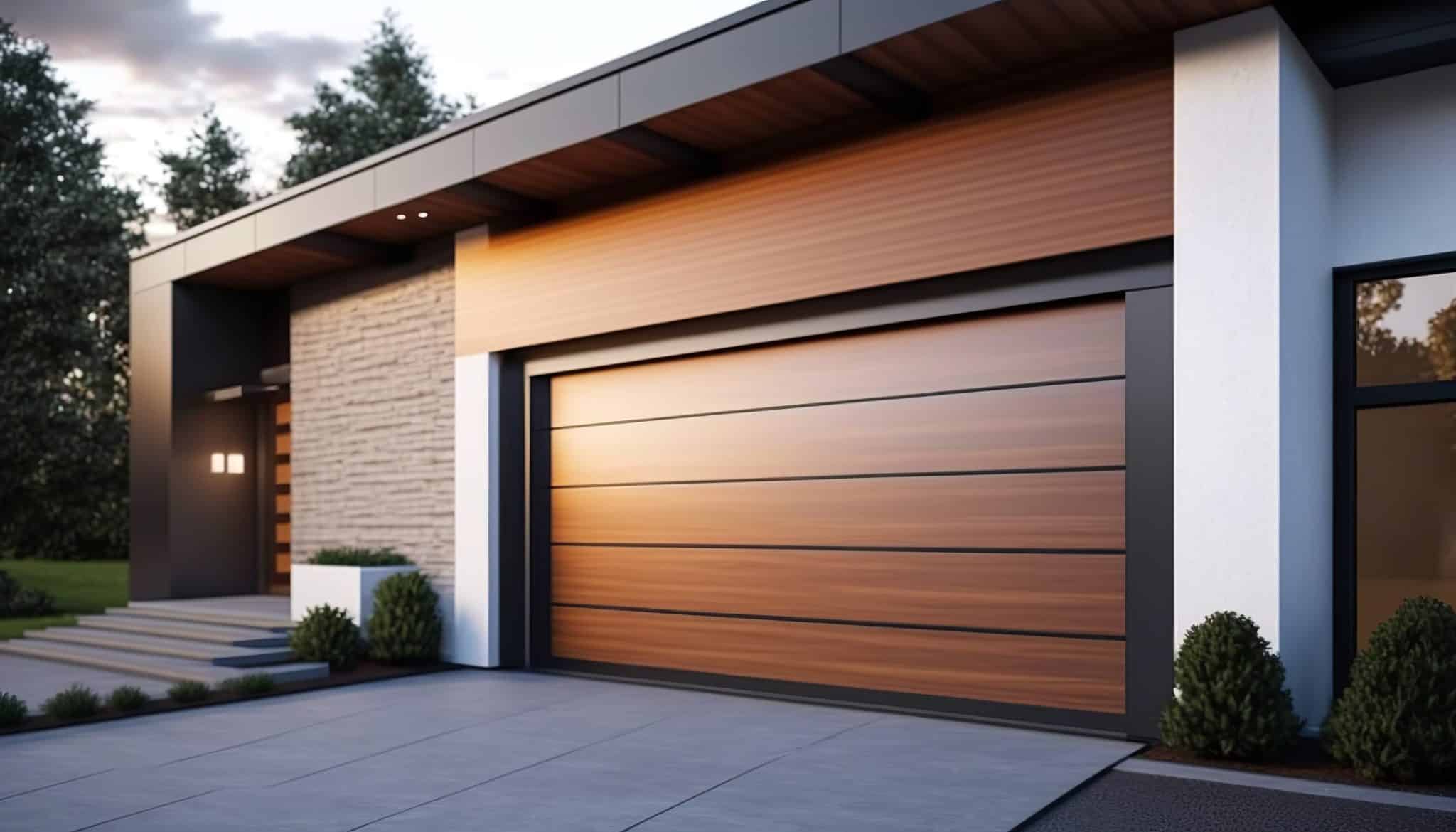Creative Applications of Commercial Concrete in Modern Architecture
Table of Contents
- Introduction to Commercial Concrete
- Sustainability and Commercial Concrete
- Innovative Designs Using Commercial Concrete
- Concrete Construction Techniques
- Advantages of Concrete in Modern Buildings
- Case Studies in Commercial Concrete
- Future Trends in Concrete Architecture
- Frequently Asked Questions
Introduction to Commercial Concrete
Concrete’s role stretches beyond mere structural support; it serves as the canvas for architects and designers. This unmatched material transforms blueprints into reality, allowing complex shapes and sweeping curves that define contemporary structures. Its usage spans from the foundations of towering skyscrapers to the intricate details of quaint commercial spaces all around the globe.
Concrete remains relevant due to its adaptability in an era of continually evolving architectural aesthetics. Unlike any other material, concrete can be poured and molded on-site, affirming its position as a cornerstone of architectural creativity. Its importance is solidified by its ability to replicate natural materials, delivering picturesque beauty into urban settings.
Sustainability and Commercial Concrete
Sustainability is a defining consideration in today’s construction projects. With environmental impacts at the forefront, commercial concrete offers significant eco-friendly solutions. This approach not only lessens the overall environmental footprint but also enhances the durability and lifespan of concrete, lowering the need for frequent repairs or replacements. Commercial concrete contractors are embedded in developing signature profiles for modern cities.
Adopting green technologies in concrete production is an emerging trend. These technologies make it possible to implement carbon capture techniques that minimize emissions during manufacturing. Such initiatives highlight how commercial concrete seamlessly aligns with global sustainable building goals, proving pivotal in environmentally conscious urban development.
Innovative Designs Using Commercial Concrete
The architectural potential of commercial concrete is boundless. Architects constantly push the envelope, crafting audacious designs that challenge the status quo. Concrete’s moldability allows for groundbreaking structures that eschew traditional linear aesthetics for more organic forms. As highlighted by Britannica, modern concrete mixes increasingly incorporate recycled materials such as fly ash and slag, reducing waste and improving sustainability. Designers utilize advances in concrete technology to simulate the appearance of more delicate materials, giving the illusion of softness and fluidity yet maintaining robust structural integrity.
Urban landscapes are dotted with these contemporary designs, showcasing the spectrum of creative possibilities when using concrete. The material’s flexibility encourages innovation, allowing architects to experiment with textures and blends that provide stunning visual effects consistent with modern artistic ideals.
Concrete Construction Techniques
Advancements in construction technology have made it feasible to employ techniques such as tilt-up and precast concrete, which revolutionize the building process. These methods enhance efficiency and precision, allowing substantial portions of buildings to be constructed off-site under controlled conditions before being assembled on-site. This not only streamlines the construction workflow but also improves the quality consistency of the final product.
The application of these techniques is vast: in public infrastructure, commercial high-rises, and even residential developments. Emphasizing safety, speed, and adaptability, the innovations in concrete construction methodologies invite endless possibilities for modern architecture enthusiasts and developers alike.
Advantages of Concrete in Modern Buildings
Concrete remains the material of choice due to its array of compelling advantages. Its natural fire resistance requires no additional treatment, making it safe for residential and commercial developments. Concrete’s thermal mass characteristics contribute to energy efficiency, helping maintain stable indoor temperatures and reducing building heating and cooling costs.
From the sustainability perspective, concrete’s durability drastically reduces the need for resource-intensive maintenance, making it a wise investment. It also provides excellent sound insulation, enhancing comfort within urban environments where noise pollution can be a concern. These attributes underscore why concrete is indispensable in constructing enduring and efficient modern edifices.
Case Studies in Commercial Concrete
Examining landmark projects like the Burj Khalifa reveals that commercial concrete isn’t just a material but a medium through which engineering marvels can be achieved. Known for its outstanding height and architectural finesse, this tower in Dubai stands as a testament to concrete’s critical role in making extraordinary visions a reality. Concrete allows unique challenges, such as load-bearing dynamics and structural stability, to be addressed efficiently.
These case studies demonstrate how architects and engineers capitalize on concrete’s strengths and push its limits. Concrete’s ability to participate in such spectacular projects has bolstered its reputation as an integral component of the advanced architectural toolkit.
Future Trends in Concrete Architecture
Looking ahead, technology is steering concrete into new territories. Innovations such as self-healing concrete, which reacts to structural damage by filling cracks with reactive agents, are pioneering changes in how structures are maintained. The Washington Post outlines how this feature extends the lifespan of buildings, offering a sustainable and cost-effective solution to the issue of wear and tear in concrete structures.
This is part of a broader trend towards integrating AI and robotics in construction processes, making concrete a building material and a platform for intelligent structures. These groundbreaking trends ensure that concrete’s relevance in modern architecture will persist and evolve, keeping pace with technological advancements and environmental needs.
Frequently Asked Questions
What makes commercial concrete so popular?
Concrete’s versatility and high performance make it immensely popular. It supports many architectural innovations without compromising durability or safety, thus being an invaluable asset in architectural design.
Is concrete environmentally friendly?
Indeed, concrete can be environmentally friendly when responsibly sourced. Using recycled materials and adopting energy-efficient techniques in production contribute to its sustainability, making it more eco-conscious than other materials.







